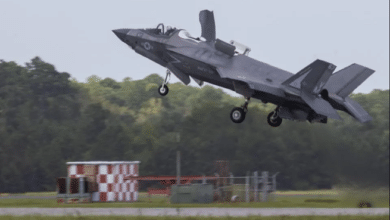In the Face of Danger: The Duty of Firefighters

Every year, thousands of fires rage across neighborhoods, forests, and commercial spaces, with the National Fire Protection Association reporting over 1.3 million fires in the United States alone in 2022. These disasters affect countless lives, causing billions of dollars in property damage. Yet, amidst the chaos and destruction, one group of individuals consistently steps forward, risking it all to save lives and protect property—firefighters.
Understanding the Role of Firefighters
When you hear the word “firefighter,” the first image that likely comes to mind is someone battling roaring flames. While firefighting is a core part of their job, their responsibilities extend well beyond.
1. Emergency Medical Response
Firefighters are often trained emergency medical responders or paramedics. They are typically the first on the scene during car accidents, cardiac arrests, or other medical emergencies. Their quick actions often mean the difference between life and death.
2. Fire Prevention and Safety Inspections
Firefighters work proactively to reduce the risk of fires in communities. They conduct safety inspections for homes and businesses, ensuring compliance with fire codes. They also assess the effectiveness of materials used in building constructions to minimize fire hazards.
3. Community Education
Firefighters regularly hold workshops and events to educate the public about fire safety. These sessions cover essential topics such as creating evacuation plans, using fire extinguishers, and recognizing fire risks. Their outreach helps prevent countless fires and saves lives.
Training and Preparation
The path to becoming a firefighter is rigorous and demanding. These professionals undergo months of intense training, and even after joining a department, the learning never stops.
Physical and Tactical Training
Fire academy recruits must build their physical endurance to handle tasks like carrying heavy hoses, climbing ladders, and rescuing people in distress while geared up in suits. They also learn techniques for extinguishing different types of fires, from chemical blazes to large structural fires.
Advanced Technology in Firefighting
Modern firefighting involves more than hoses and ladders. Firefighters are now equipped with cutting-edge technologies:
- Thermal Imaging Cameras are used to locate individuals trapped in dense smoke.
- Smart helmets, integrating augmented reality (AR), provide real-time mapping of fire layouts.
- Drones aid in assessing fire zones while keeping firefighters out of harm’s way.
These advancements not only improve efficiency but also enhance firefighter safety.
The Physical and Mental Demands
Few professions test the human spirit like firefighting. Both the physical and emotional tolls are immense.
Physical Challenges
From battling extreme heat to working long hours in grueling conditions, firefighting is an exhausting endeavor. Firefighters rely heavily on their gear, including fire-resistant fabrics in their uniforms, to protect them during operations. Despite this, injuries are common, ranging from burns to smoke inhalation.
Coping with Mental Health Struggles
Witnessing devastation and loss regularly can take a heavy psychological toll. PTSD, depression, and anxiety are not uncommon among firefighters. To cope, many turn to peer support groups, professional counseling, and mindfulness techniques.
Community Engagement and Support
Firefighters may be heroes, but they’re not invincible. They rely on community support to carry out their duties effectively. Here’s how you can help:
1. Show Appreciation
Small gestures like leaving thank-you notes, donating supplies, or even visiting your local fire department can go a long way in boosting morale.
2. Advocate for Resources
Fire departments often struggle with limited funding. Advocate for increased budgets and resources, ensuring that firefighters have the protective equipment, and training they need.
3. Practice Fire Safety
Preventing fires is everyone’s responsibility. Follow guidelines to make your home or workplace safe, and encourage others in your community to do the same.
Conclusion
Firefighters are vital for their dedication and resilience, protecting us from immediate and long-term fire dangers. Their work, from extinguishing fires to community education, impacts many lives. We can support them by prioritizing fire safety and aiding local fire departments, ensuring they continue their heroic efforts. Remember to thank the heroes in your community.




